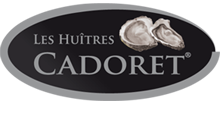Metamorphosis, the diploma collection of Royal College of Artgraduate, Félicie Eymard, not only sheds new perspectives on the ways people wear garments but also on the reasons as to why they do. “I’ve always been intrigued by what people wear and how they behave with what they wear,” Félicie tells us when we asked about the instigation behind her practicality-orientated and, as the name suggests, transformable collection.
The tightly-edited outfits comprising Metamorphosis include two waterproof technical coats, the Steam Coat (which has a “disappearing” hood) and the Chrysalid Coat (which transforms into an easy-to-wear cape); the double-sided, Duchess satin Dress Coat(which elicits the question, “Is it a dress or a coat?”); the technical,Cocoon outfit (featuring integrated accessories); and the wool, Shawl Outfit (which fuses a shawl with the jumper).


